Basics of Anatomy: Arches of the Foot

Do you know why we evolved into two-legged creatures from being quadrupedal primates? No? Well, neither do scientists! Or at least, they don’t have a consensus on the reason we gave up walking on all-fours and became bipedal. There are more than 10 different hypotheses for this evolution. However, all scientists agree on the fact that it is the exquisite design of the human foot that actually helps us move on two limbs alone! To be more specific, it is the arches of the foot, which make it stiff (unlike the flexible feet of primates used to grab branches of trees) and enable us to walk and run upright.
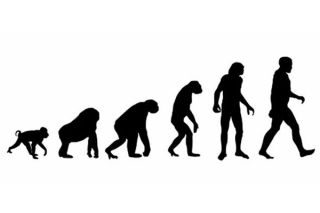
What are Arches?
Much like the architectural feature, an arch in the foot is a curved structural form that supports load from above and transmits the force to adjacent structures. The human foot has three arches: two longitudinal (medial and lateral) arches and one transverse arch.
These are formed by the tarsal and metatarsal bones and are supported by ligaments and tendons in the foot. Their shape allows them to act in the same way as a spring for propulsion, bearing the weight of the body and absorbing shock produced during locomotion.
Medial Arch: The medial arch is the higher of the two longitudinal arches. It is on the inside edge of the foot and is formed by the calcaneus, talus, navicular, three cuneiforms, and the first three metatarsal bones. The calcaneus and the metatarsals form the pillars of this arch. The supporting ligaments provide more stability than the bones of the arch. The plantar fascia acts as a supporting beam between the two pillars. The most important muscles for this arch are the tibialis anterior and posterior which help raise the medial border of the arch. Damage to the tendon of this muscle can result in the collapse of the arch.
Lateral Arch: This is the flatter of the two longitudinal arches and lies on the outer edge of the foot. It touches the ground in the standing position. The calcaneus, cuboid, and the fourth and fifth metatarsal bones form this arch. The calcaneus and the metatarsals form the pillars of this structure. The main contributor to the stabilisation of the arch is the fibularis longus tendon.

Transverse Arch: The transverse arch is located in the coronal plane of the foot. The metatarsal bases, the cuboid, and the three cuneiform bones form this arch. The medial and lateral longitudinal arches act as pillars for the transverse arch. The fibularis longus and tibialis posterior along with the plantar ligaments and the deep transverse metatarsal ligaments support this arch. Much like the architectural arch which is made with wedge-shaped stones, the wedge shape of the bones makes this arch extremely strong.
Up until recently, there wasn’t any adequate information about the importance of the transverse arch as compared to the longitudinal arches. However, recent studies show that it too does provide a degree of support if a person is flat-footed (having a low medial arch).
The Exquisite Human Foot
The three arches form a triangle on the base of our foot and this is the triangle to which we refer during our Pilates classes at Moushu’s Pilates to remind you to distribute your weight equally across the base of the foot.
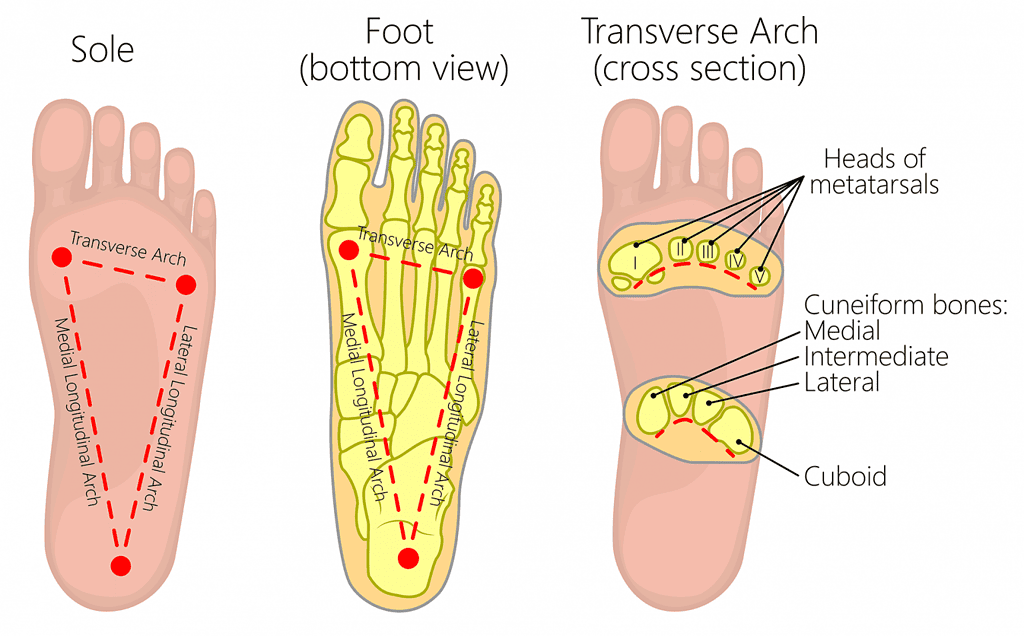
The foot can be divided into three parts viz. the forefoot (consisting of the toes), the midfoot (consisting of the metatarsals), and the hindfoot (consisting of the tarsals, the talus, and the calcaneus or heel bone). In the previous blog on the ankle, we discussed one very important joint i.e. the talocrural joint that connects the lower limb to the foot. But there are multiple other joints that help in the movement of the foot. One of the most important ones is the subtalar joint which is the articulation of the talus on the calcaneum. This joint can perform eversion and inversion movements (windshield wiper movement of the foot).
The subtalar joint, along with the talocrural joint and the forefoot, aid in supination and pronation which are multiplanar movements. Supination involves subtalar inversion, ankle plantar flexion, and forefoot adduction occurring simultaneously. Whereas, pronation involves ankle dorsiflexion, subtalar eversion, and forefoot abduction.
The process of walking or the gait cycle consists of two phases: a stance phase and a swing phase. During the stance phase, the foot supinates, pronates and supinates again, transferring the weight along the medial arch and this arch, hence acting as a rigid lever for propulsion.
Pronation and supination are natural and necessary movements of the gait. However, over-pronation and under-pronation can affect the arches of the foot, causing dysfunction, pain, inflammation and/or balance issues.
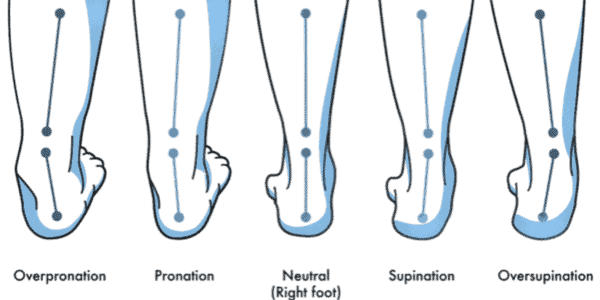
Dysfunction
A lot of people are born with over-pronated feet where the medial arch collapses. This is called flat foot. This leads to medial rotation in the knee and hip, which can also be the cause for knock knees and low back pain.
To correct a flat foot, we need to strengthen the external rotators of the hip i.e. the glutes, and the supinator of the foot i.e. the tibialis posterior. Wearing in-soles with an arch support also helps flat-footed people.
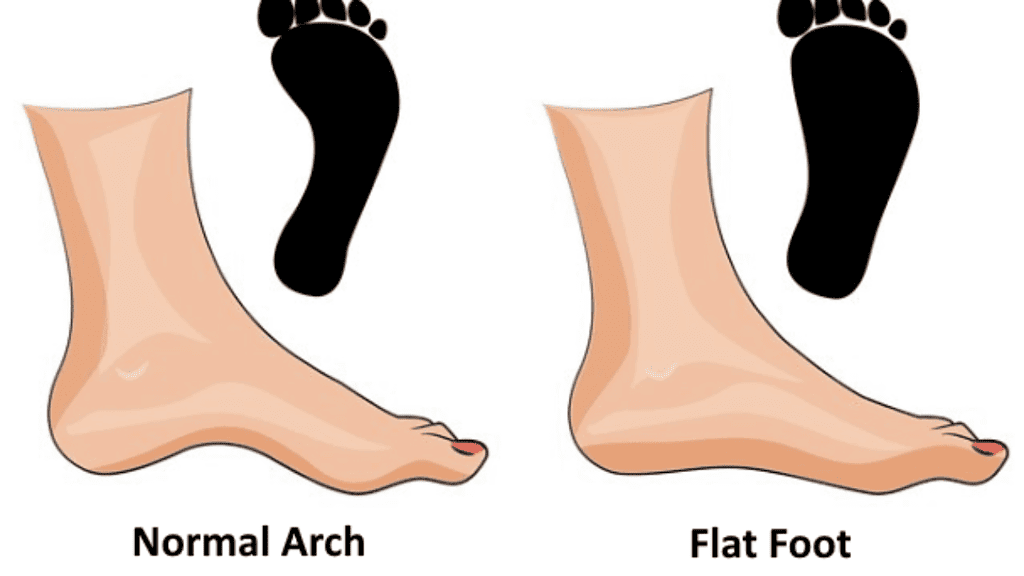
Another common problem that arises is plantar fasciitis, which is inflammation in the plantar fascia which runs from the forefoot to the heel and supports the medial arch. It causes severe pain in the heel and base of the foot. People with plantar fasciitis are likely to develop heel spurs as well.
Pilates and the Foot
Any exercise done in the standing position works on our balance and the arches of the foot. However, when we specifically concentrate on the muscles in the foot, we can improve our balance, proprioception and gait.
Picking up a towel with toes

Mini squat
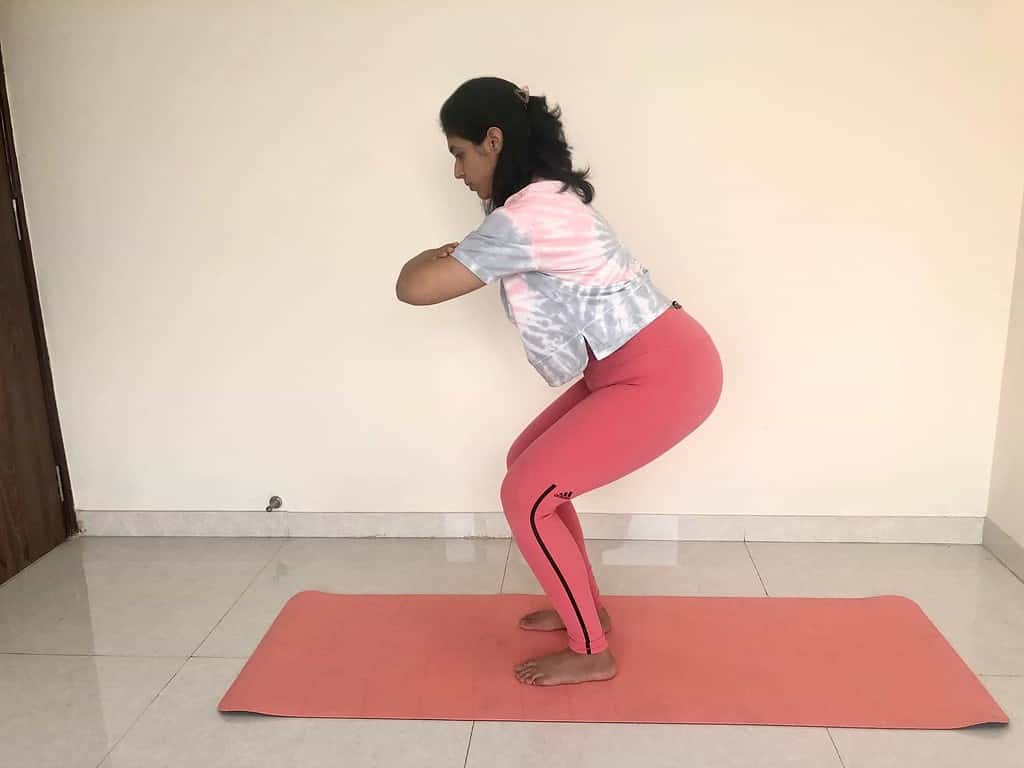
Foam Roller under the calf
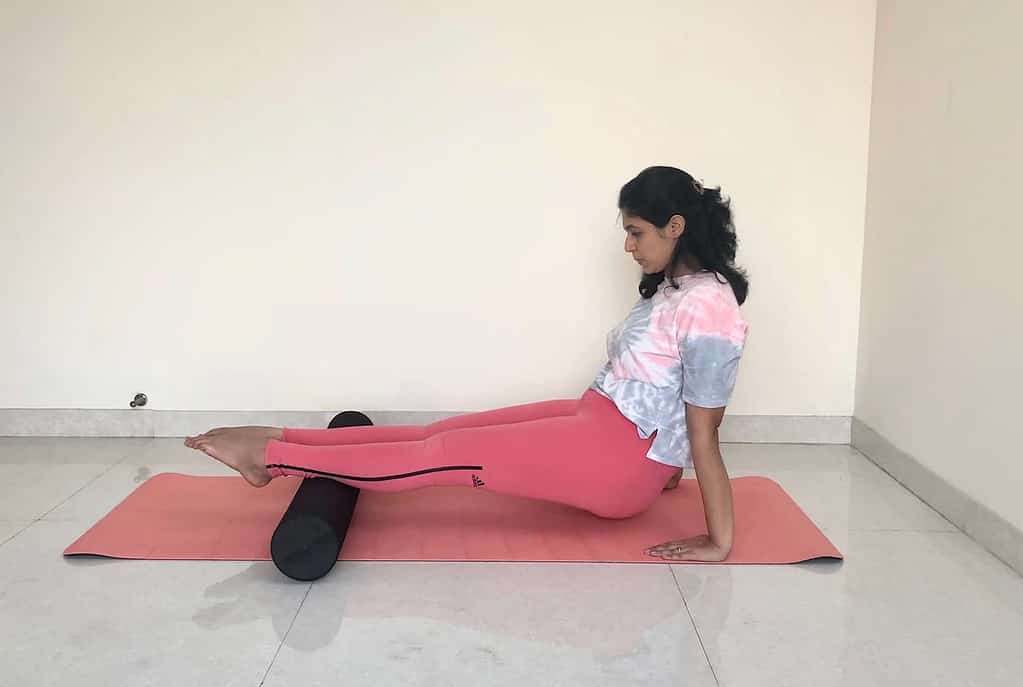
Dynamic stretch: Heel to toe weight shift in plank
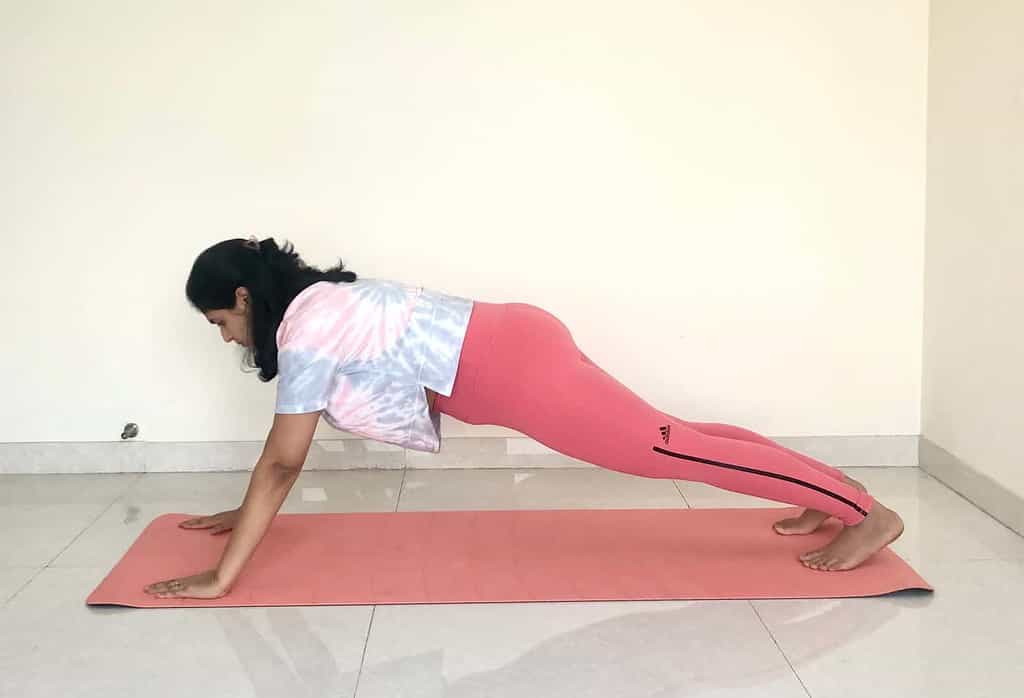
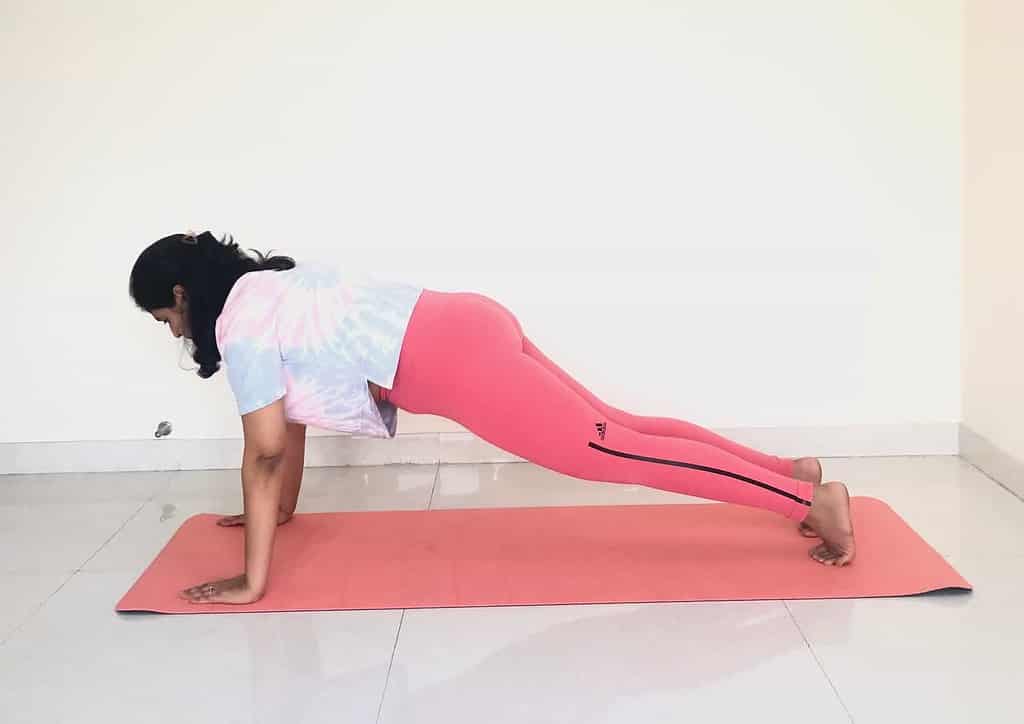
Humans are evolving constantly. With rapid technological advancement, evolution is also happening at a lightning speed. As we spend most of our time sitting, we need to question ourselves about how much we use our legs. Being bipedal is what made us modern humans. We better use it or, as Dr. Moushumi says, you shall lose it. Get up and get moving on those beautiful feet, now!
Join our online classes. Check the schedule here.
Or find the nearest Moushu’s Pilates studio here!
